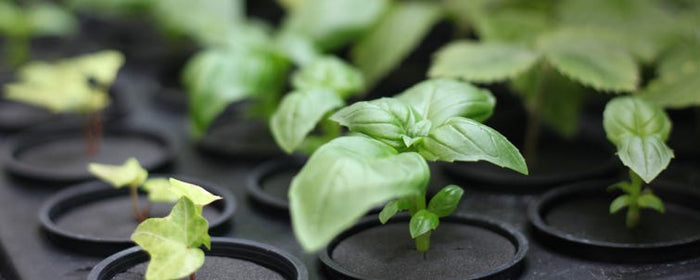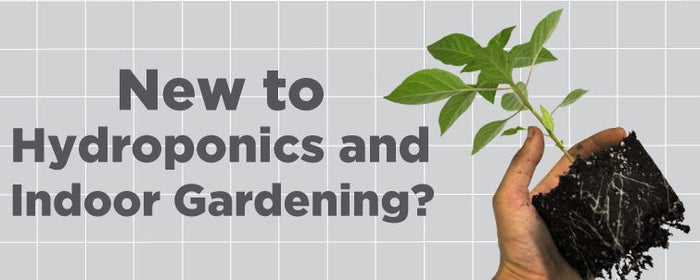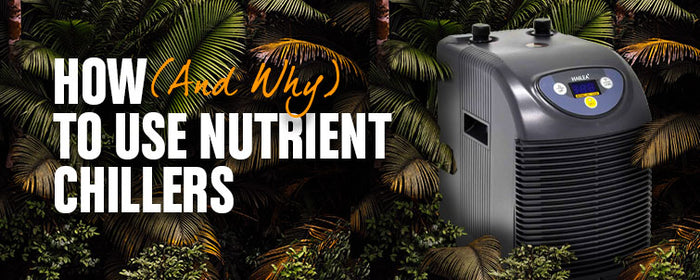![[The Stress Factor] When to Change your Feed](http://www.growell.co.uk/cdn/shop/articles/the-stress-factor-when-to-change-your-feed.jpg?v=1673371549&width=1100)
[The Stress Factor] When to Change your Feed
Want to push plants to work harder? Try some milld stress.
We're not talking about extremes here - gently does it. You don't want to cripple plants, after all.
Here when to change your feed to stress plants. Get it right and plants will work harder, faster, stronger!
Before starting
Messing with your feed is a risky game. You need to know what you're doing.
- Can you spot and correct nutrient deficiencies & toxicity?
- Is your climate perfect?
- Is your current feeding regime spot on?
- Do your plants currently look healthy?
- Do you check plants often?
If your answer to any of those questions 'no', stop reading. Don't even try doing this.
Unless you know what you're doing, this can go badly wrong.
Well, you've been warned - carry on reading if you're brave enough.
Method
It's all about suddenly changing your feed strength and times.
Suddenly Reduce Nutrient Strength
Risk: Low/Medium
When: Veg growth
Action:
Feed plants as little as you can get away with. We're talking just above the minimum rate. Don't work your way down - do it suddenly.
Effect:
Plants rapidly absorb water and nutrients via roots, encouraging them to continue growing and remain in a vegetative state.
Warning:
If you drop the strength too low, you'll get:
- Leaf damage
- Softening/weakening stems
- Stretching
- Underdeveloped fruit and flowers.
If you notice any of this, start fixing the problem.

Suddenly Increase Nutrient Strength
Risk: Medium/High
When: Late veg and early flowering
Action:
Suddenly feed plants just shy of the maximum strength they can tolerate.
Effect:
There's less water for plants to absorb, causing them to worry about future survival and flower faster.
Warning:
You need to know how much nutrients plants can handle. Take it too far and you can end up overfeeding:
- Dark green leaves
- Downward curling leaves
If you notice any of this, start fixing the problem.

Feed Plants Just After 'Lights Off' Starts
Risk: Low
When: Veg growth (during 18hr on / 6hrs off cycle)
Action:
Feed plants soon after 'lights off' starts, to prolong growth.
Effect:
Helps satisfy your plants' demands for feed during the night. This stops the rootzone and growing media from drying out and keeps the focus on growing new shoots and leaves.
Warning:
Temperatures are high during 'lights on' so plants transpire more to stay cool. Judge your watering times carefully to stop plants drying out.

Feed Plants Towards the End 'Lights Off'
Risk: Medium
When: Late veg growth & flowering
Action:
Feed plants towards the end of 'lights off' to encourage fruit & flower production.
Effect:
There's more time during 'lights on' for the water and nutrients to be absorbed and used. This means little will be available overnight. This forces plants to go into survival mode and start flowering quickly.
Warning:
Plants still use small amounts of water during the night, so your media will dry. The more the growing media dries overnight, the more it encourages flowering.
Just make sure you don't let your media dry out too much. You don't want it to harden and contract from the sides of your pots.





